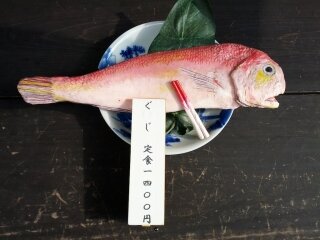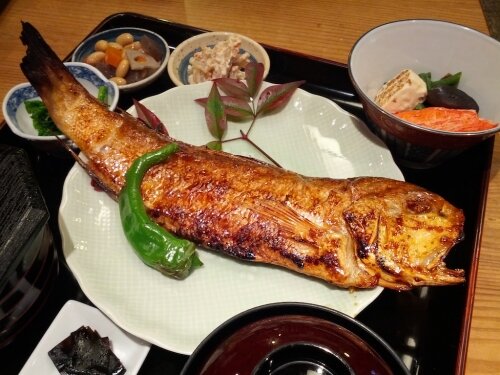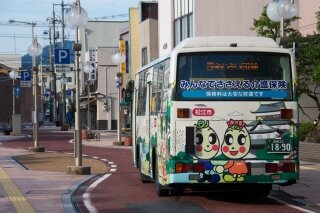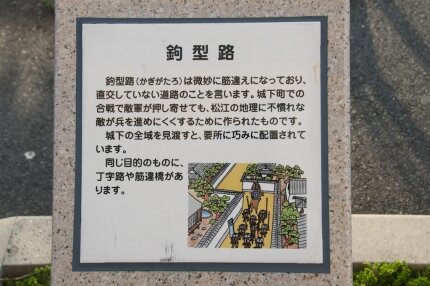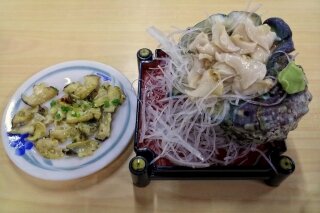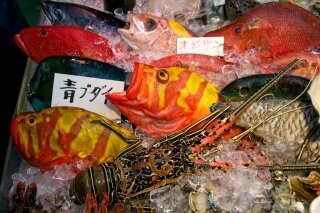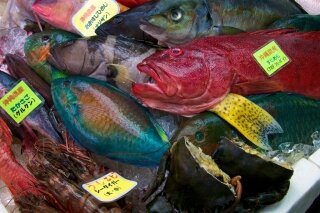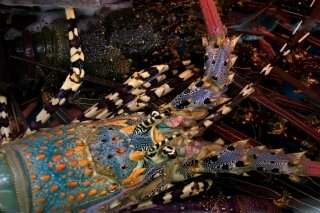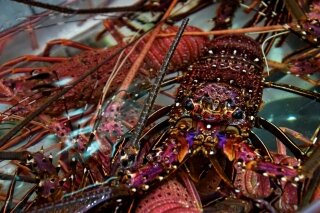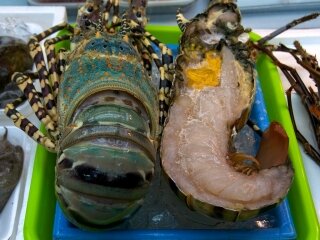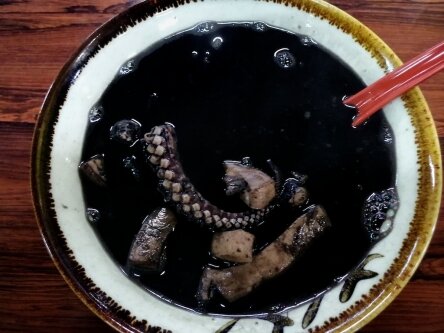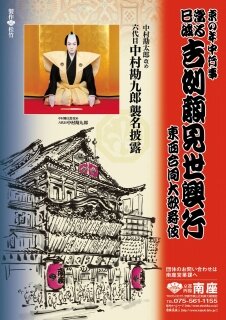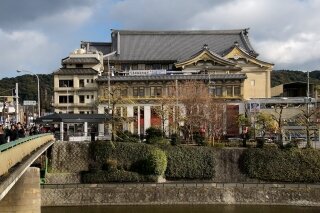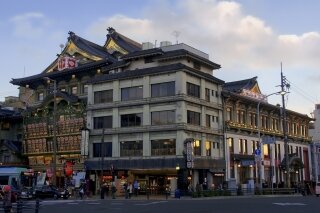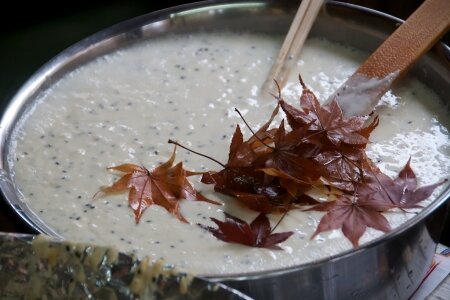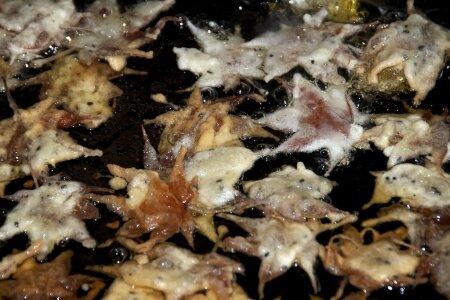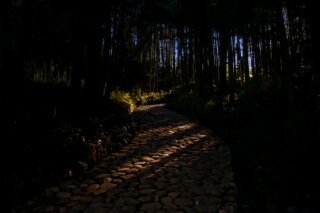
Between modern towns of Shimada and Kikugawa in Shizuoka Prefecture, there is a short section of the original Tokaido road – main route between Edo (Tokyo) and Kyoto.
The road there goes uphill and it was inconvenient both for railroad and car highways. Owing to that, a small section the original stone paving is preserved.

In the old days this part of the Tokaido connected post towns Kanaya-juku and Nissaka-juku. Now it is a designated historical spot.
It is said that cobblestones were laid out by the order of the shogunate between 1815 and 1830.
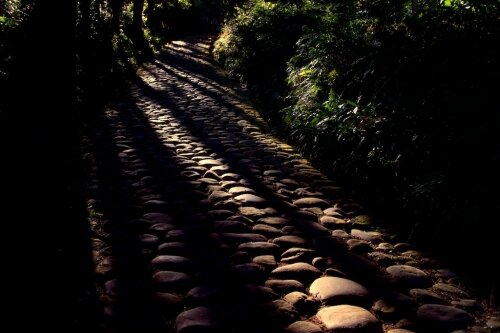
While abandoned for some time, the road must have been heavily used by samurai, imperial envoys, merchants, countless inhabitants of Edo on their journey to pilgrimage sites. Not to forget famous yakuza gang members, it is Shizuoka anyway.
So you enter a deep forest and you can breathe this history wondering if you step on the same stone as Shimizu Jirocho or Saigo Takamori…
And then you see this…

Come on, NTT! Really? Right in the middle of a forest, under a historical road you need to put your telephone cabling?
Truth is however more complex. While the stone pavement is now over 400 meters long, it was built merely 20 years ago, though there is a small section (30 meters) of original stones preserved.
Still there are not too many places in Japan where you can feel the atmosphere of traveling in Edo period.
Or maybe I am wrong? Tokaido was the main artery of Japan, so it must have been much more busy than on the pictures. Maybe the highway full of cars is closer to the historical atmosphere?

